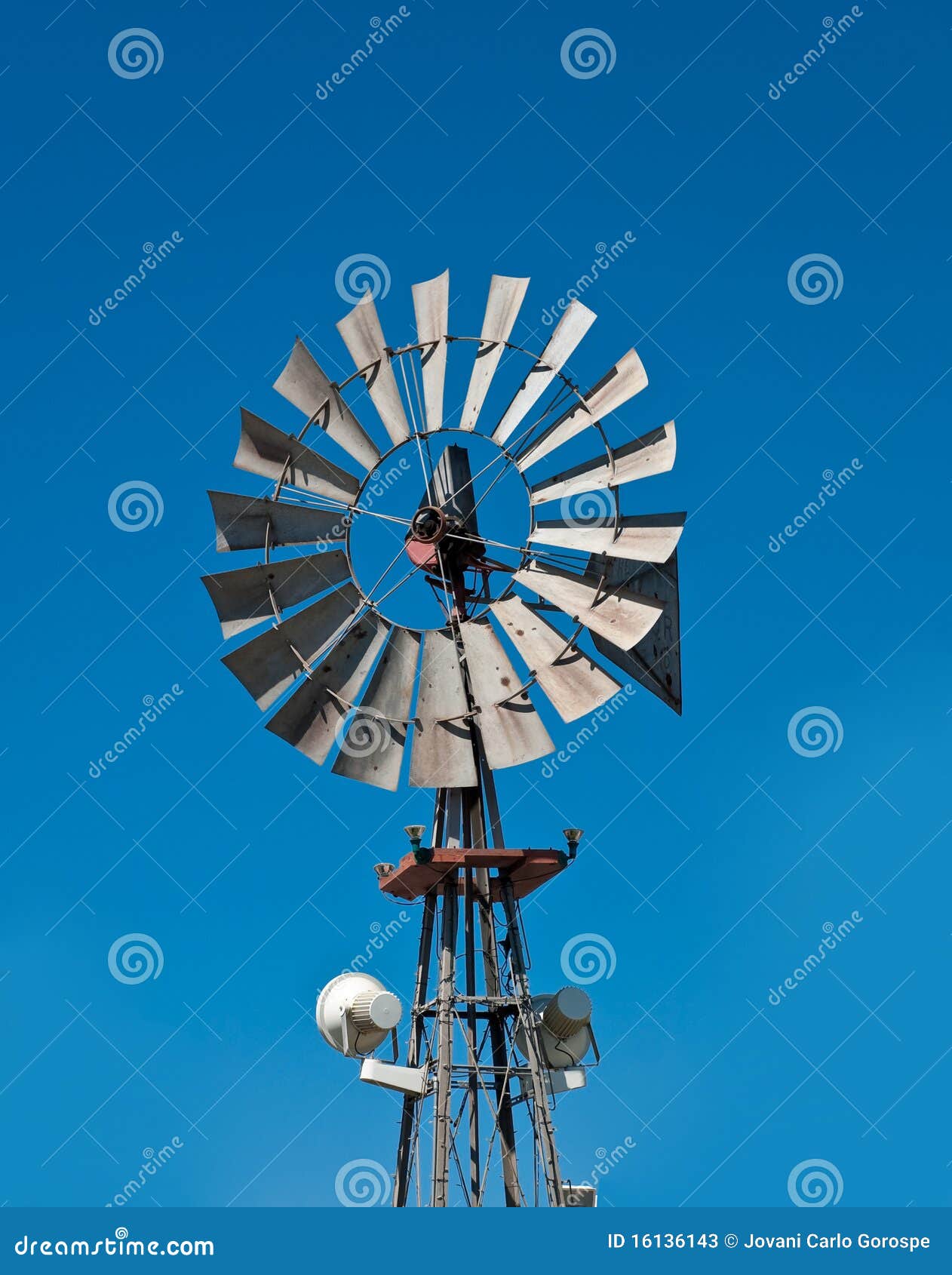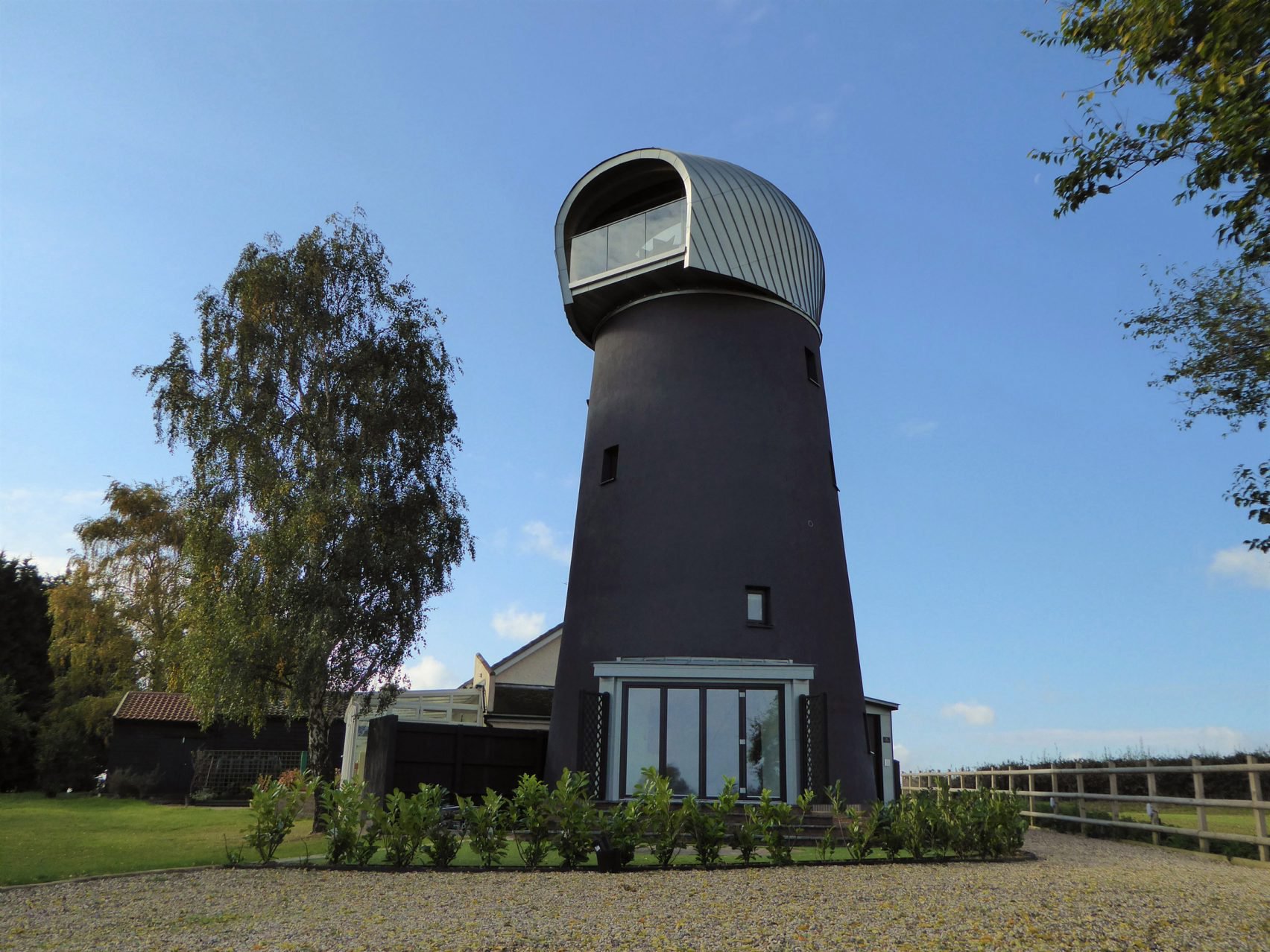


We back this up by our guarantee that your products will perform as advertised or we will make it right. We design and have stringent quality control testing prior to shipping a product. We start with heavy steal and use good coatings and many items are even powder coated for high corrosion resistance. We have taken the "master your craft" approach and we simply focus on building and selling the most robust products available on the web. So while many of the people in the small wind community, social media, and sellers create mass hype hysteria and rely on mass inflated watt outputs to sell their wind generators Hurricane take a path less traveled in this industry. The smart wind turbine for domestic use could probably be the design of the future when it comes to self-sufficient energy homes.Wind Generators by Hurricane Hurricane Wind Power Home and Residential Wind Generators Kits by Hurricane Wind Turbinesīe sure to check our continued article below the product offerings on the page we have written up to try and help our consumers understand the difference in products. Six years later, the developer teamed up with South Korean company Esco RTS to perform additional wind tunnel and field tests in nearly any weather condition, including air temperatures of -4 ☏ (-20 ☌). In 2006, Mieremet submitted a patent application for the Liam F1 UWT. The two-part-only device makes it 100 percent mechanical and requires minimal maintenance. The trick was to efficiently funnel wind into the modern windmill, especially in turbulent environments. The three circular blades wrapped around one another (and then expanded) create a three-dimensional conical turbine that reminds us of the elongated mollusk shells.

He wanted to create an instrument that could yield more sustainable energy while simultaneously looking good, producing low noise, and being bird-friendly. The mastermind behind the reinvented windmill is Marinus Mieremet, an inventor who started working on the Liam F1 UWT in 2003.

You can even align several units to harness more energy. The largest model is 1.5 meters wide the smallest is 0.75 meters wide. Liam F1's overall look resembles a rose and can be easily installed on the roofs of any building. The manufacturer notes that it is more efficient than a standard propeller blade, and its low-noise operation is always kept under 48 dB. The inspiration for the creation of Liam F1 UWT comes from the famous Archimedes screw principle and the windmill, one of the most common structures in the Netherlands' landscape. The gadget only needs winds of 3.8 knots (2 m/s) to start rotating and producing energy. Liam F1's spiral/screw-shaped rotor always points in the direction where the wind blows and converts its kinetic energy into mechanical energy. The larger model available is double in size, generates more energy - 7,500 kWh per year - and could power many homes worldwide.īut what's really impressive about this compact wind turbine is its design. The same structure would power 20 percent of a household's demand in Germany. To put things into perspective, an American household uses around 30 kWh per day, or 900 kWh per month and 11,000 kWh per year.Ĭonsequently, a single Liam F1 UWT power-generating device could provide over 10 percent of a home's energy needs in medium-to-high wind locations. The world's most influential inventions and scientific breakthroughs saw the light of day when uncomplicated ideas materialized as functional objects.ĭutch company The Archimedes developed an innovative wind turbine for domestic use that produces 1,500 kilowatt-hours (kWh) of energy per year with a wind speed of 5 m/s, i.e., 18 kilometers per hour or 9.7 knots. Meet the Liam F1 Urban Wind Turbine (UWT), an intelligent windmill power generator. It's a simple, portable, and ingenious wind-harvesting device.


 0 kommentar(er)
0 kommentar(er)
